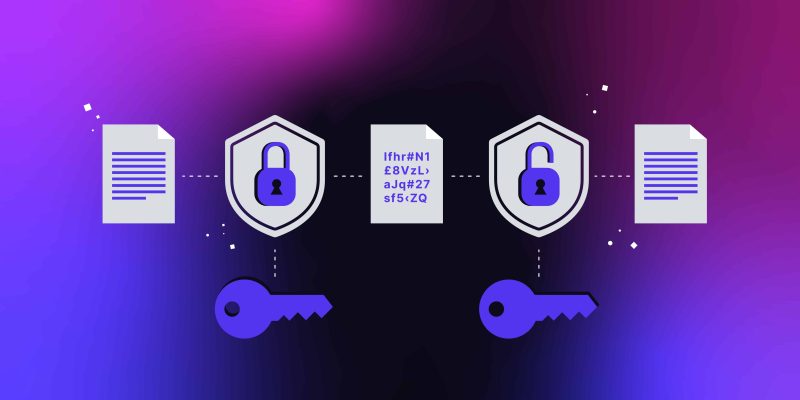In an era dominated by digital communication and sensitive information sharing, the role of encryption in safeguarding our data has never been more crucial. Encryption serves as the digital lock and key. It’s protecting our emails, financial transactions, and personal information from prying eyes. However, even the most robust encryption methods are not immune to threats. With the help of ExpressVPN’s recent research on encryption, this article explores encryption and the five biggest threats it faces in our rapidly evolving digital landscape.
Understanding Encryption
Encryption is the process of converting information into a code to prevent unauthorized access. It relies on complex algorithms and mathematical functions to scramble data. It renders it unreadable without the correct decryption key. This security measure is vital for maintaining privacy and confidentiality in various online activities.
Did you know that our data is transmitted through a tunnel secured with AES-256? This is the same encryption standard adopted by the U.S. government and used by security experts worldwide to protect classified information. It’s impenetrable by attackers and other third parties, keeping your online activity private.
The 5 Biggest Threats to Encryption
- Quantum Computing: The advent of quantum computing poses a significant threat to traditional encryption methods. Quantum computers have the potential to break widely used encryption algorithms, such as RSA and ECC, by exploiting their vulnerability to quantum algorithms. Researchers are actively working on post-quantum cryptography to develop encryption techniques resilient to quantum threats.
- Key Management: Strong encryption relies on secure key management. Malicious actors may gain unauthorized access to sensitive data if encryption keys are not adequately protected. Poorly implemented key management practices, including weak password protection and inadequate key storage, can compromise the entire encryption system.
- Man-in-the-Middle Attacks: Despite data encryption during transmission, attackers can exploit vulnerabilities through man-in-the-middle attacks. This involves intercepting and altering communication between two parties without their knowledge. Secure communication channels, such as virtual private networks (VPNs) and secure socket layer (SSL) protocols, help mitigate this threat.
- Backdoors and Government Surveillance: The ongoing debate surrounding government access to encrypted data continues to raise concerns. While encryption protects against unauthorized access, the potential for mandated backdoors threatens user privacy. Balancing security and lawful access remains a complex challenge for policymakers and technologists.
- Emerging Threats and Exploits: As technology evolves, so do the tactics of cybercriminals. New and sophisticated methods of exploiting vulnerabilities in encryption algorithms constantly emerge. Regular updates, patches, and adopting the latest encryption standards are crucial to staying ahead of potential threats.
The Future of Encryption
While encryption faces formidable challenges, ongoing research and collaboration within the cybersecurity community aim to address these threats. The development of quantum-resistant algorithms, improved key management practices, and heightened awareness of potential exploits are integral to ensuring the continued efficacy of encryption in protecting our digital lives.
Conclusion
Understanding the importance of encryption and staying informed about its vulnerabilities is paramount in today’s interconnected world.
As technology advances, so must our approach to securing sensitive information. With a proactive mindset and ongoing efforts to strengthen encryption practices, individuals and organizations can navigate the digital landscape with confidence in the security of their data.






Comments